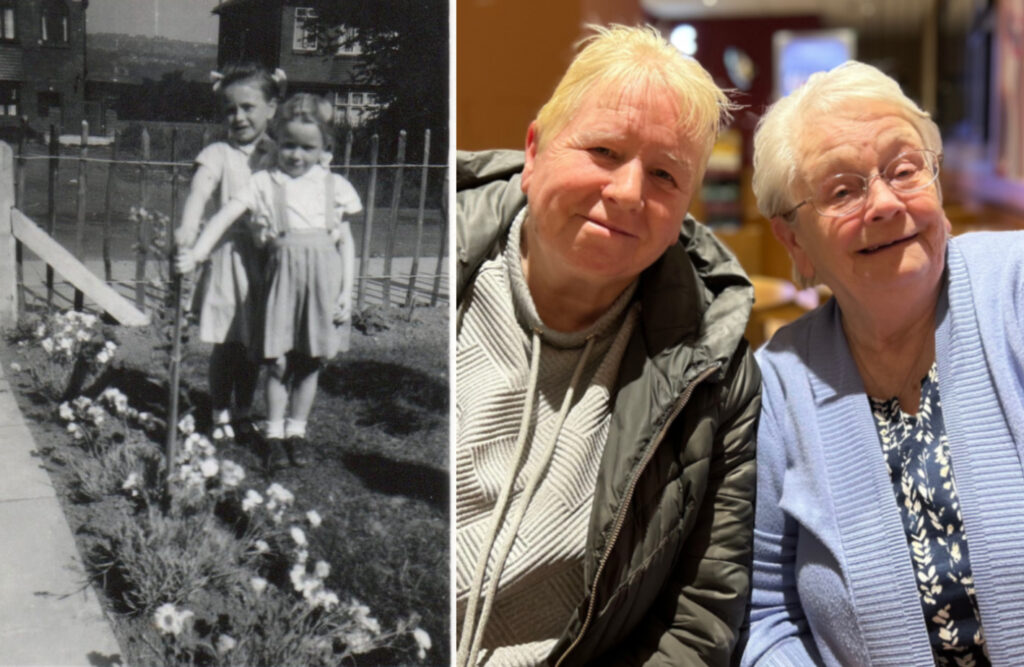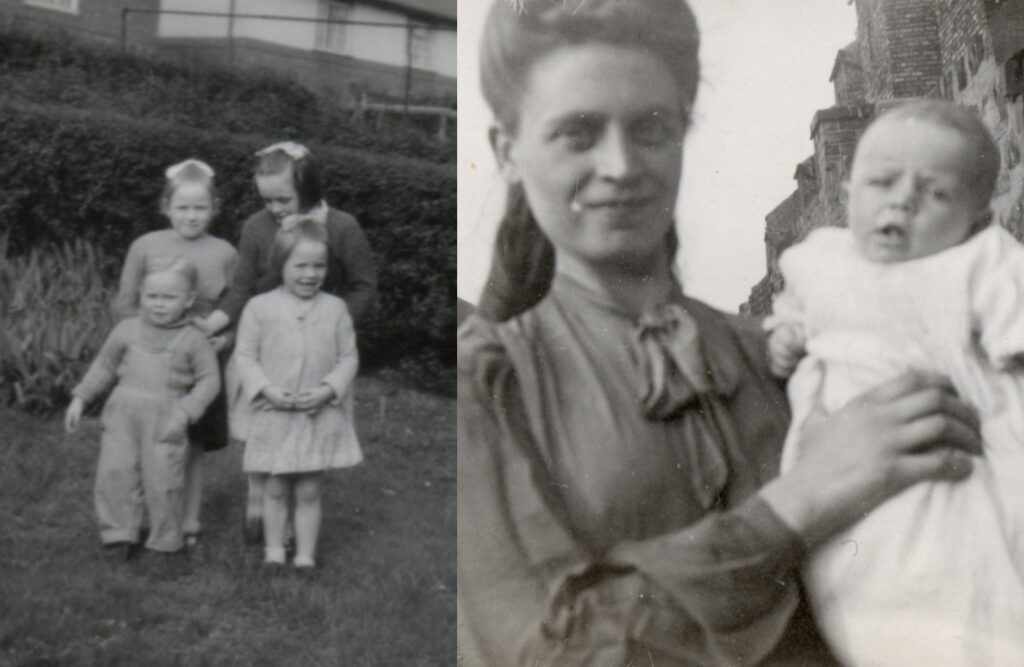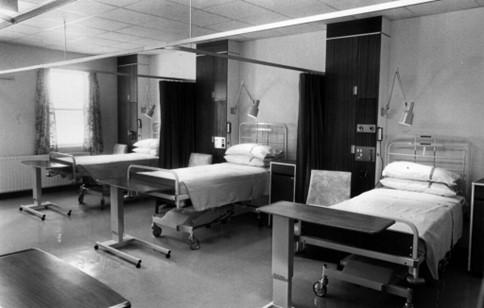The Queen Elizabeth Hospital’s maternity unit has been serving families of Gateshead and beyond for 80 years. We speak with a family that has had generations of children born at Gateshead Health.
A 1936 report by the Medical Officer of Health stated that Gateshead needed a 250 bed general hospital and a 20 bed maternity unit.
While WWII delayed the hospital building, the Gateshead Health maternity unit welcomed it’s first expectant mothers in December 1943. The Queen Elizabeth Hospital and its departments, including the maternity unit, were officially inaugurated in 1948. This remarkable unit stood as a testament to resilience and dedication to the health and well-being of mothers and their newborns during one of the most challenging periods in modern history.
One such family is the Cree family, whose journey began in May 1948 at the newly established maternity unit at the Queen Elizabeth Hospital.
Pat Stephenson shares her memories of the Queen Elizabeth Hospital and the maternity unit.

Q: When were you born?
Pat: I was born in May 1948 at the Queen Elizabeth Hospital Maternity Unit. I want to remind others that this was also the year of the NHS birth.
Q: Do you have any relatives also born at the QE?
Pat: Four of us were born to Margaret and Tommy Cree. Two of us were born in the maternity unit, while two of my siblings were a home birth. Two of my children were born in the Unit -1968 and 1972. My other was a home birth in 1969. Two of my grandchildren were also born in the same maternity unit and also my great grand-daughter. My sister Kathleen and her two daughters were born in the Maternity Unit. Kath’s two grandson’s and one grand-daughter also born there. Her two great grand-daughters were born in Newcastle.
My brother Tom had three children; two daughters were also born at the QE maternity unit and his grandson was also born there. My sister Margaret’s children were born outside of Gateshead.
We are a family embedded in the Gateshead community, and the maternity unit is a cornerstone of our family history.

Q: What are your memories of the maternity unit at the QE?
Pat: When Gillian was born in 1968, the fathers were not allowed into the unit. I remember it being a very clinical environment.
I arrived at the maternity unit at around 11pm on 12 September, and I was prepared to give birth immediately. My daughter Gillian was born at 6.15p.m on Friday, September 13. Some say it’s a lucky day to be born. She was a forceps birth and weighed 4 lbs and 12 ounces.
As soon as my first baby was born, she was whisked off to the nursery, placed in an incubator for some time, and then in a small cot. I had to go to the nursery to feed her as she wasn’t allowed home until she reached a weight of 5 lbs and 6 ounces.
Q: Can you tell me a bit about your time spent on the ward at the maternity unit?
Pat: I spent time in a ward of four beds, and I recall that it was a very noisy place, but this didn’t seem to bother the babies. I remember visiting hours being very strict. I was on bed rest because this was my first child, and I’d had open heart surgery as a child, so I was monitored to see how pregnancy and birth affected my health – or not, as this case turned out to be.

Q: Do you recall what the antenatal care was like after you had your first child?
Pat: Antenatal clinics, before the birth, were not always held at the QE but instead at Dryden Road Hospital annexe, a children’s hospital at the time. Antenatal care was not what it is today, but again, I refer to it as a very clinical environment that was not relaxing at all. After the birth, I stayed for ten days, which was procedure. Mothers and babies went back to the hospital after six weeks for review. After that babies after care and check up were carried out at community clinics.
Q: What aspects of modern maternity care were unavailable when you had your first child?
Pat: There were no scans and no discovering what gender your baby would be. I remember the Midwife listening to my baby’s heartbeat through a Pinard ear trumpet. Then, the Midwife would place her dutifully warmed hands onto my tummy to measure the size of my baby.
Q: Do you remember any of the names of the staff from your time in the Maternity unit?
Pat: I seem to recall that Mr. Francis was the Obstetrician for my first child, and then in 1972, when my son was born, I remember it being Mr. Sinclair. My sister’s Consultant was Miss Gray.
Q: Can you recall any changes from your first visit to the maternity unit in 1968 to when you returned to give birth to your son in 1972?
Pat: Things had begun to change in those four years, and although visiting hours were still restricted, fathers were allowed in for exceptional circumstances. The ward I was in then was still a four-bed ward, but patio doors opened onto the outside of the grounds, enabling fathers to ‘pop in’ when one of the mothers would open them. As I recall, this was a forbidden activity as two dads were caught passing fish and chips in one night. That put a stop to the ‘after-hours’ visits.
Q: Did you remember anything about the staff when you visited the maternity unit in 1972 for your son’s birth?
Pat: For my son’s birth, I was in hospital for one week before he was born, and he rushed into the world in April, two weeks after Easter Sunday. I recall a Night Sister at the time called Sister Sobo, and she went about very quietly with a baby in each arm if any of them were upset, so that ‘her’ Mothers could get some rest. I remember her being a very caring lady who brooked no nonsense.
Over the years, the Queen Elizabeth Hospital Maternity Unit has continued to serve generations of families, adapting and evolving to meet the changing needs of expectant mothers and their babies. It remains a community cornerstone in the Gateshead region, providing high-quality maternity care and support to all who walk through its doors.
Pat’s close links to the Queen Elizabeth Hospital has continued throughout her life and she is now one of Gateshead Health Charity’s “superstar fundraisers” find out more.